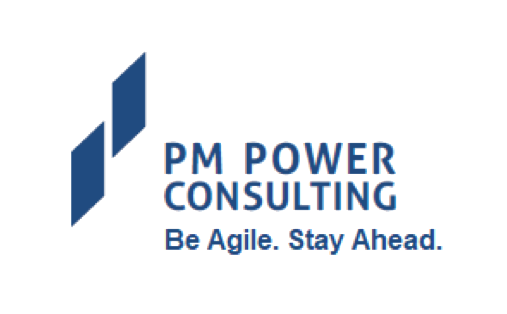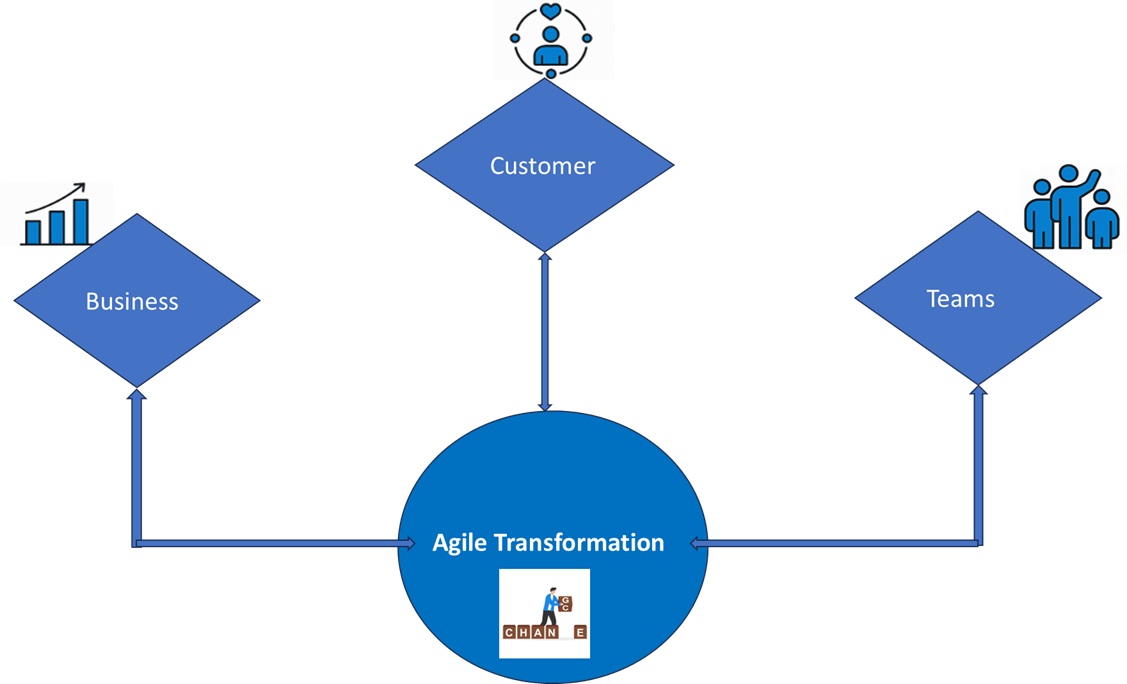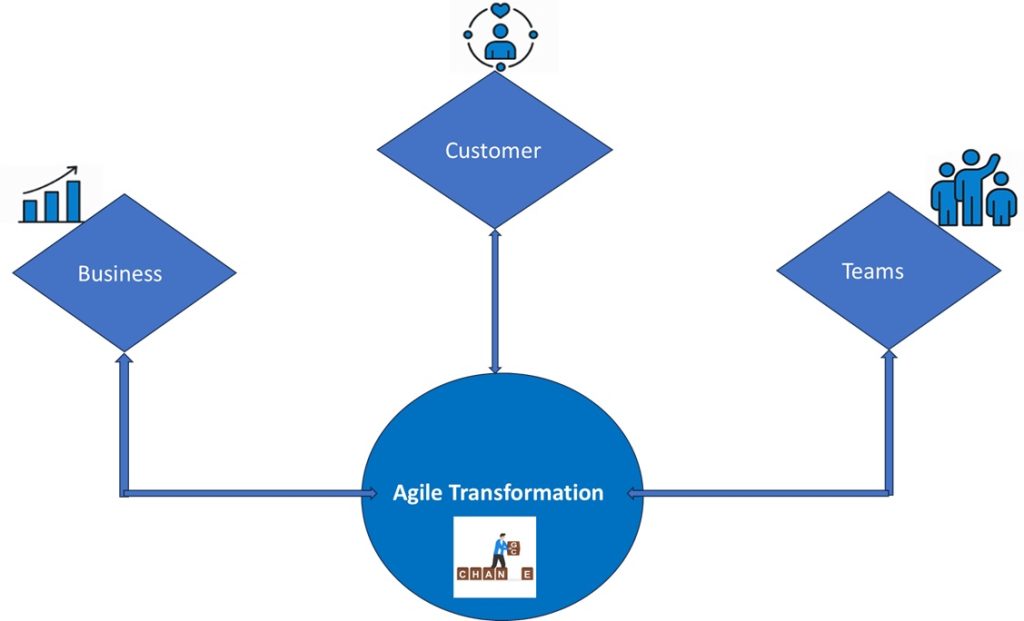“My teams do every Scrum ritual by the book,” said the CIO of a MNC. “But I don’t think they’re truly Agile.”
That one sentence perfectly captured the dilemma many organizations face : the gap between doing Agile and being Agile. Despite a thoughtful and well-led transformation, something still felt off. I knew exactly what he meant – teams following Agile ceremonies but missing the spirit of agility. Agile transformation initiative is concluded but the true transformation isn’t!
In this article, we’ll explore how to measure the successs of Agile Transformation — not with surface-level delivery metrics like velocity, but through deep, outcome-driven indicators that reflect true agility.
Why Traditional Agile Metrics Fall Short
As the saying goes, “You can’t improve what you don’t measure.” But just as important is what you choose to measure.
Most teams are quick to mention metrics like velocity, throughput, or say-do ratio. These are valuable for tracking delivery, but they don’t answer the bigger question:
Are we delivering the right things, in the right way, for the right reasons?
True Agile Transformation success is measured not just by outputs, but by outcomes.
The 5 Dimensions Where Agile Gets Real
To truly assess the impact of Agile Transformation, we need to shift our lens from practice adherence to business and human impact. Below are five outcome-driven dimensions, along with the relevant metrics to track:
1. Business Outcomes – Measuring What Matters to the Bottom Line
Agility must ultimately impact business performance. The focus here is on delivering value, faster.
Key Metrics:
- Time to Market (Lead Time): Time from idea inception to delivery
- Innovation Rate: Percentage of effort the organization spends on new products and Features
Innovation Rate = (Effort on new products/features) / (Total effort)
- Revenue Impact: This will measure percentage change in the revenue of the organization caused by the Agile Transformation.
Revenue Impact (%) = ((Revenue after Transformation + Savings due to Transformation – Revenue before Transformation) / Revenue before Transformation) × 100
2. Customer Centricity – Building What Customers Love
Agile success should translate to happier, more loyal customers.
Key Metrics:
- Net Promoter Score (NPS): This is measured through a single question survey that asks the customer, “on a scale of 0-10 how likely are you to recommend this product/service to others”. Those who give rating of 9-10 are called promoters and those who give rating 0-6 are called “detractors”.
NPS = % of Promoters – % of Detractors
- Customer Satisfaction (CSAT): Survey-based feedback from end users
3. Team Behavior and Empowerment – Enabling High-Performing Teams
High-performing teams thrive in environments of trust, safety, and collaboration.
Key Metrics:
- Psychological Safety Score: Survey-based insights into whether team members feel safe to speak up
- Team Collaboration Index: Assesses communication and collaboration quality within and across teams
4. Flow Efficiency – Delivering Value Without Friction
This dimension checks how efficiently work moves through the system.
Key Metrics:
- Lead Time: Time from idea inception to delivery
- Cycle Time: Time from work start to completion
5. Adaptability and Learning – Embracing Change and Growing from It
True agility is the ability to learn, adapt, and improve continuously.
Key Metric:
Retrospective Action Rate (RAR): This metric tracks how well teams follow through on actions identified during retrospectives.
RAR = (Completed action items / Committed items) × 100
Choosing the Right Metrics for Your Teams
While we’ve listed ten meaningful metrics, it’s important not to track too many. Metrics should reflect your team’s maturity, context, and goals.
Tips for Metric Selection:
- Let teams choose 4-5 metrics they connect with
- Match metrics to team maturity (e.g., newer teams may prioritize psychological safety, while mature teams focus on innovation or revenue impact)
- Empower teams to own their metrics and use them for learning, not for judgment
Watch Out for These Antipatterns
Remember Goodhart’s Law – “When a measure becomes a target, it ceases to be a good measure.” Use this to avoid the common traps like –
- Using metrics for judgment or rewards: This leads to gaming and unreliable data.
- Comparing teams based on metrics: Each team operates in a unique context.
- Tracking for compliance: Metrics should not be just published to show that they are being tracked.
Instead, review metrics in retrospectives, interpret them meaningfully, and let teams define their own improvement actions.
Final Thoughts
Agile metrics should be a mirror, not a scoreboard. When teams own their metrics — and use them to learn, not just report — real transformation begins.
Focus on outcomes, not rituals. Use metrics to nurture agility, not to measure appearances. That’s the path from doing Agile to being Agile.





